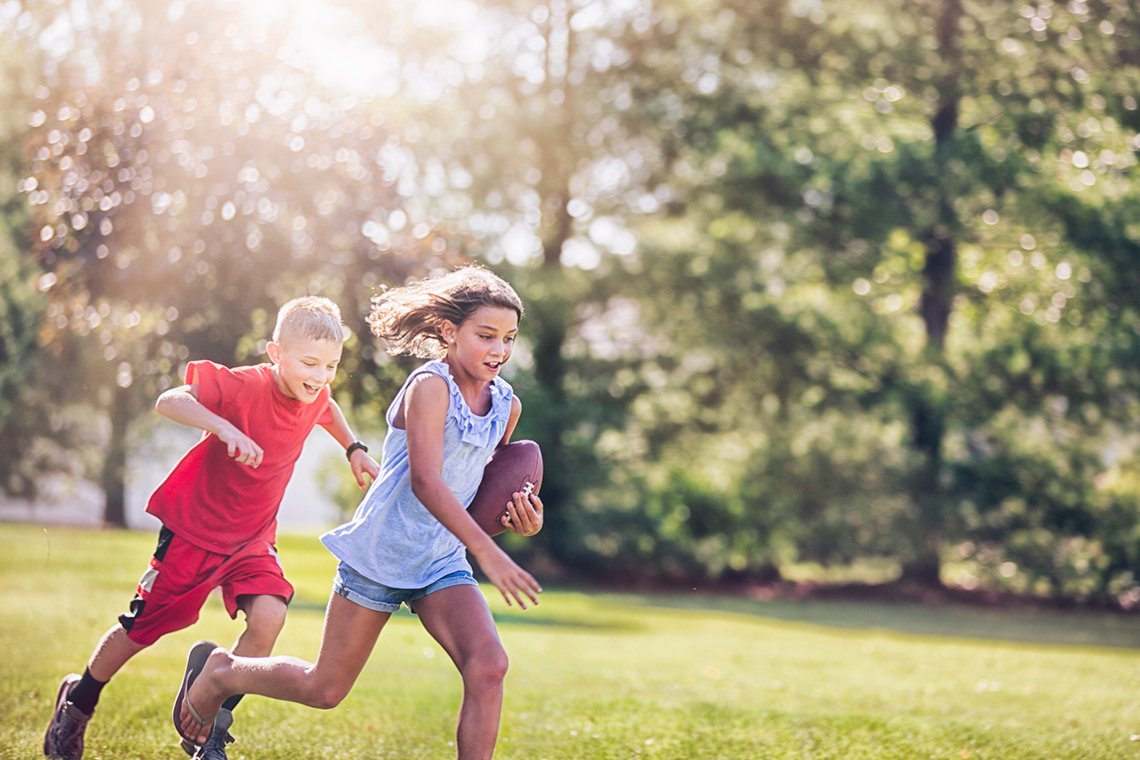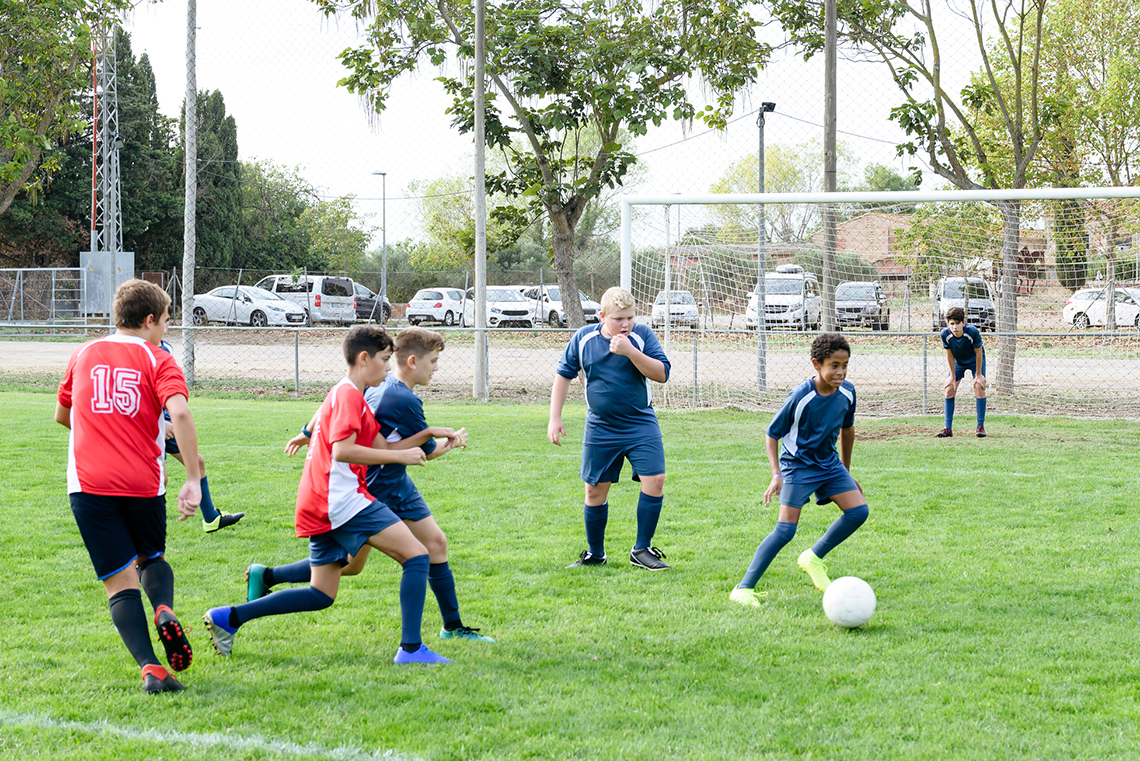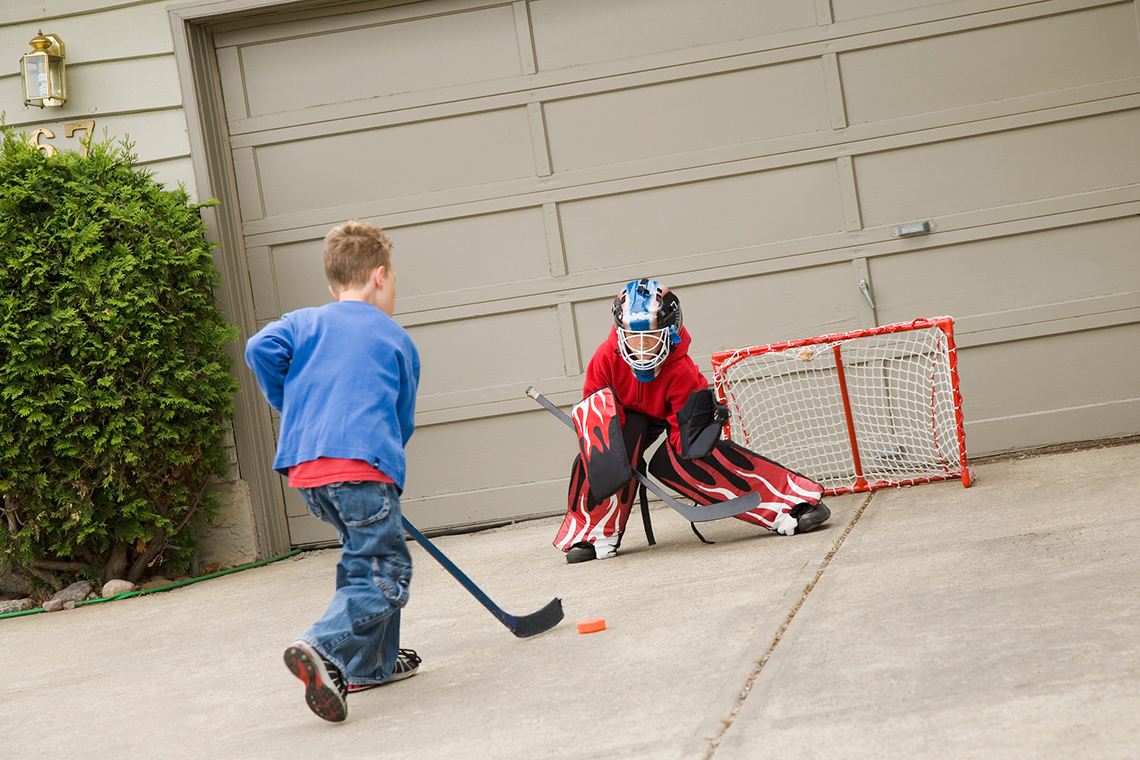Minds On
Sports and control
There are many sports that involve controlling an object, keeping an object safe, or carrying an object safely. Examine the following images.
Student Success
Think-Pair-Share
After exploring the previous images, consider the following questions:
- What is the goal of each sport?
- Are the players keeping the object safe?
- Is there a sense of control? If so, how are players controlling the object?
If possible, discuss your ideas with a peer or adult. You can also record your ideas on paper, on a computer, as an audio or video clip, or by using another method of your choice.
| Image | My Scenarios |
|---|---|
| A | |
| B | |
| C |
Press the ‘Activity’ button to access Sport Scenario Activity.
If possible, share your descriptions with a partner or an adult.
Note to teachers: See your teacher guide for collaboration tools, ideas and suggestions.
Action
Retaining
In many activities, you may use strategies or ways to control an object, to keep the object safe, and to safely carry the object. This is called retaining.
Retaining is the ability to maintain the possession of an object while stationary or moving.
Press ‘Objects’ to access sample objects.
When we refer to objects, it is not only a ball, but any object of your choice.
For example, you can use any of the following as objects:

- sock ball
- crumpled paper
- cloth ball
- soft/bouncy ball
- soccer ball
- basketball
- ball of yarn
- and many others!
But first, let’s start with a warmup!
Safety
Before you begin:
Warm Up
Under the sea
Warm ups are simple activities that slowly increase our heart rate and get our muscles and joints ready!
Explore this video entitled “Power Up: Under the Sea Energizer 1” to learn more about being active with an underwater themed workout.
How to retain?
Retaining skills are practised while carrying, dribbling, and cradling an object.
Press each tab to learn more about retaining skills.
Carrying an object is another way of retaining.
An example of carrying is holding an object while moving, like holding a football while running.

Dribbling is bouncing a ball with a hand or controlling a ball with the feet. For instance, dribbling a basketball on the ground, or dribbling a soccer ball towards a goal post are examples of dribbling.


Cradling is keeping an object tucked close to the body or protecting an object while carrying it. Examples of cradling include keeping a hockey puck close by while moving across the ice, or protecting a ball in a scoop while moving from one place to another.


Strategies
Let’s explore the following retaining strategies:
- maintain control of the object
- keep the object close to the body
- grip the object so that you don’t drop it (if carrying)
- be aware of your surroundings
- if possible, communicate effectively to peers/teammates
Press each tab to explore various retaining strategies.
- keep the object as close to the body
- maintain a firm grip around the object
- carry the object under one arm, and the other hand on top of the object
- move in short swift steps and different directions

Dribbling is controlling the object or ball while moving with it.
Dribbling by hand:
- keep head and eyes up
- keep the object low and close to the body
- flex knees and lean forward
- push object/ball down using wrist and finger pads to control the bounce
- bounce object/ball at or below waist-level
A learner dribbling a basketball with their hand. The ball is bouncing at waist level and the learner's knees are slightly bent. Their eyes are focused forward and they are using the pads of their fingers to control the bounce.
Dribbling by foot:
- keep eyes forward and lift head to look around
- use the ankles and foot to push and roll the object/ball forward
- dribble using the inside and outside of feet (not the toe)
- move object/ball from one foot to another
- short and quick shuffles to control the object/ball
- put a foot on top of the object/ball to change direction or to stop from moving away
- keep the object/ball close to body
- use arms to maintain balance
Cradling with a stick/scoop:
- keep eyes forward and be aware of surroundings
- hold stick/scoop in front and near the body
- one hand on the bottom of the stick, and another hand wrapped around the top
- keep the stick/scoop facing upward to keep object/ball into the deep part of the scoop/pocket
- maintain balance of the object/ball
Cradling with a basket:
- keep eyes forward and be aware of surroundings
- hold basket in front and near the body
- one hand on the bottom of the basket, and another hand wrapped around the side
- keep the basket facing upward
- maintain balance of the basket and the object/ball

Let’s practise!
Let’s apply the retaining strategies we previously explored for the following activity. If possible, try all options to practise carrying, dribbling, and cradling skills.
Always be sure to do your safety checks!
Option 1
Press the tabs to access this activity.
- an object of your choice (ball/basketball/cloth ball/etc.)
- tape/chalk/string

- If possible, use tape or chalk to create zigzag lines on the ground. You may have a peer/adult help set these lines up.
- Carry the object using the strategies we explored.
- Choose a transition movement (running, rolling, hopping, etc.) while carrying the object.
- Move along the zigzag lines, and back to the starting point.
Repeat steps 2 to 4 for two other transitions of your choice.
Option 2
Press the tabs to access this activity.
- an object of your choice to dribble (ball/basketball/cloth ball/etc.)

- Sit on a chair or the ground if possible.
- Dribble an object by hand using the strategies we explored for 30 seconds. Remember to keep the object close by.
The following challenges are optional for this activity.
Challenge 1: Stand and dribble the object by hand or foot.
Challenge 2: Choose a transition movement (run/roll/walk) while dribbling the object.
Option 3
Press the tabs to access this activity.
- an object of your choice to cradle (ball/crumpled paper/cloth ball/etc.)
- a cup/basket/scoop/etc.

An image of a child seated and cradling a ball in a scoop. Another child is standing with a basket with a ball of yarn.
- If possible, use tape or chalk to create zigzag lines on the ground. You may have a peer/adult help set these lines up.
- Carry the object using the strategies we explored.
- Choose a transition movement (running, rolling, hopping, etc.) while carrying the object.
- Move along the zigzag lines, and back to the starting point.
Repeat steps 2 to 4 for two other transitions of your choice.
Direction & body parts
While retaining an object, we can also change directions. An example of this is, carrying a paper ball while jogging towards the left then quickly switching towards the right.
We can also control the object with a different body part. Examples of this include bouncing a basketball with a different hand or dribbling a ball with both feet.
Try It
Try it
Choose 3 of the 5 tasks to try with an object of your choice (plastic ball, crumpled paper, ball, etc.). Try each task for at least 30-45 seconds.
Cool Down
Let’s slow down!
Seated climber

A person with their feet slightly apart. They are moving their arms and legs up and down like they are climbing a ladder to the sky.
- If possible, sit upright with your feet slightly apart.
- If possible, slowly move your arms or legs up and down as if you were climbing a ladder to the sky.
- Climb a ladder for 20-30 steps.
Deep breaths and hug

- Stand tall or sit upright with your feet slightly apart.
- Slowly take a deep breath in through the nose and out through the mouth. Repeat three times.
- Wrap arms around shoulders and give yourself a big hug and a pat on the back.
Consolidation
Control and retain
For each term, select the corresponding image.
Obstacle course
Create an obstacle course with objects you have around you. For example, you can use buckets as obstacles to move around.
First, decide a route that you’d like to move through. A route can be from the kitchen to your room, or even from one side of a room to another.
Use the following checklist to help plan your obstacle course.
I have:
After planning the obstacle course, move through it three times. Let’s start by carrying the object, then dribbling it, and finally cradling it.
Try to move in different directions and use different body parts!
Reflection
How do you feel about what you have learned in this activity? Which of the next four sentences best matches how you are feeling about your learning? Press the button that is beside this sentence.
I feel…
Now, record your ideas about your feelings using a voice recorder, speech-to-text, or writing tool.







